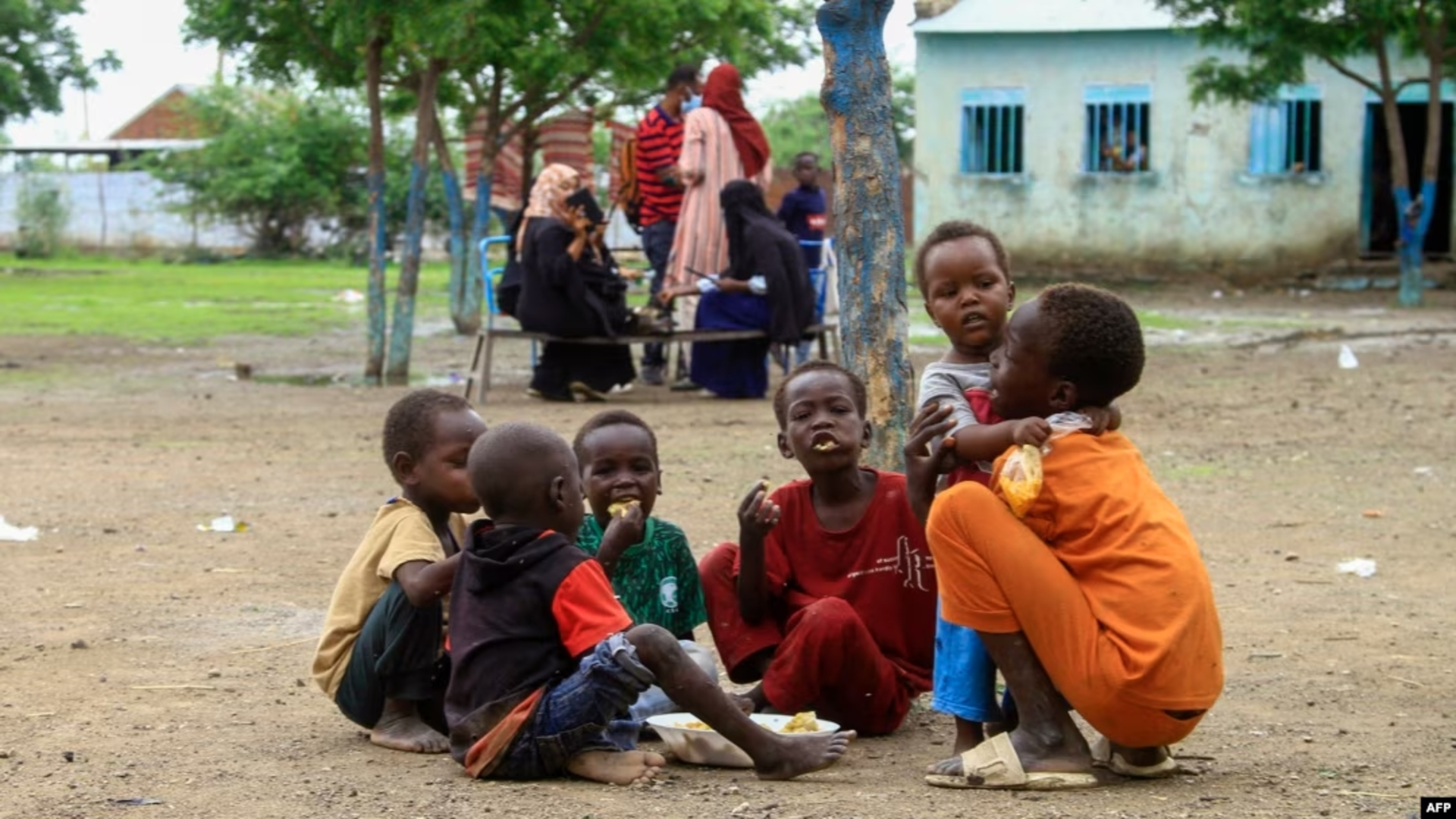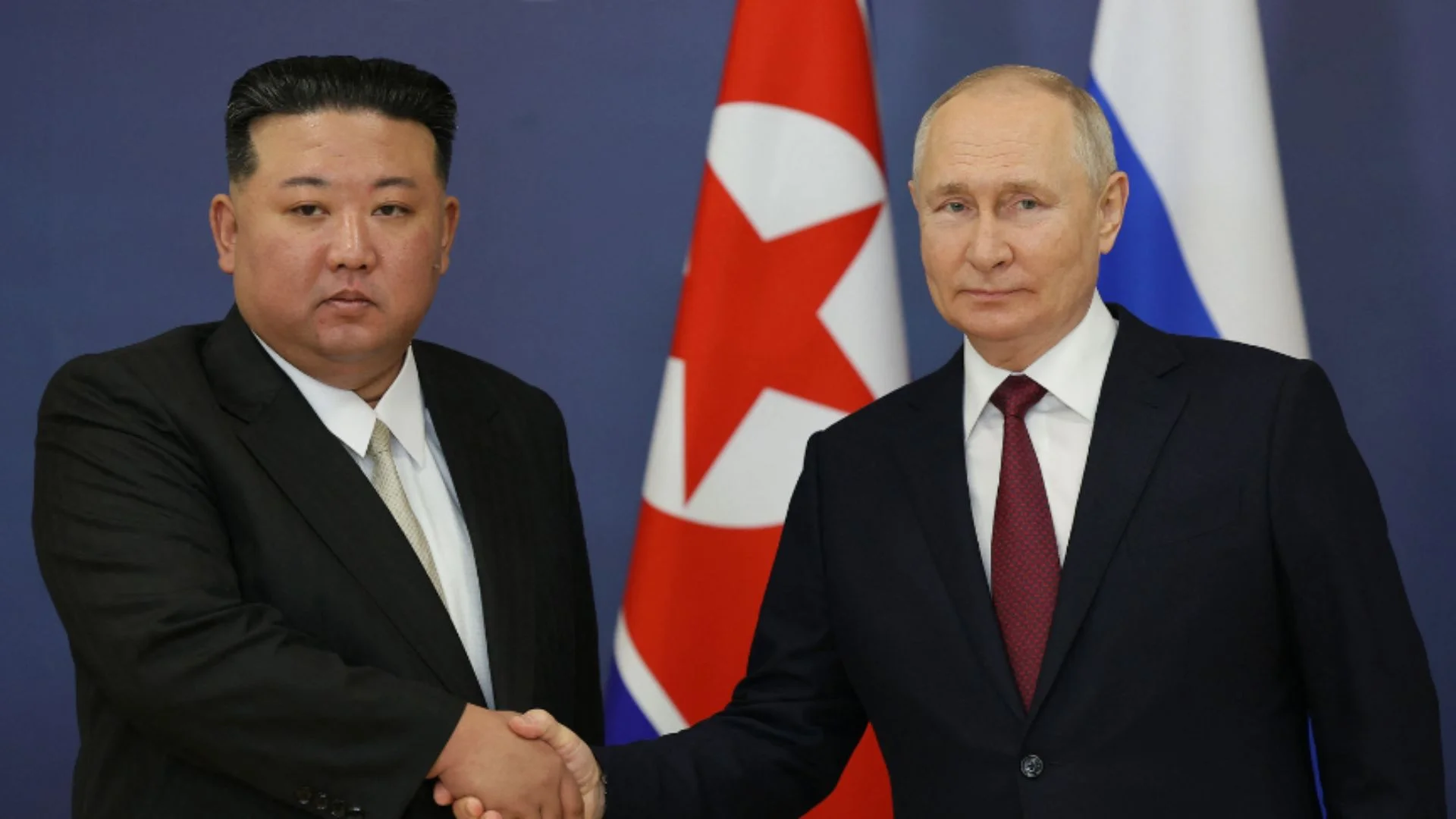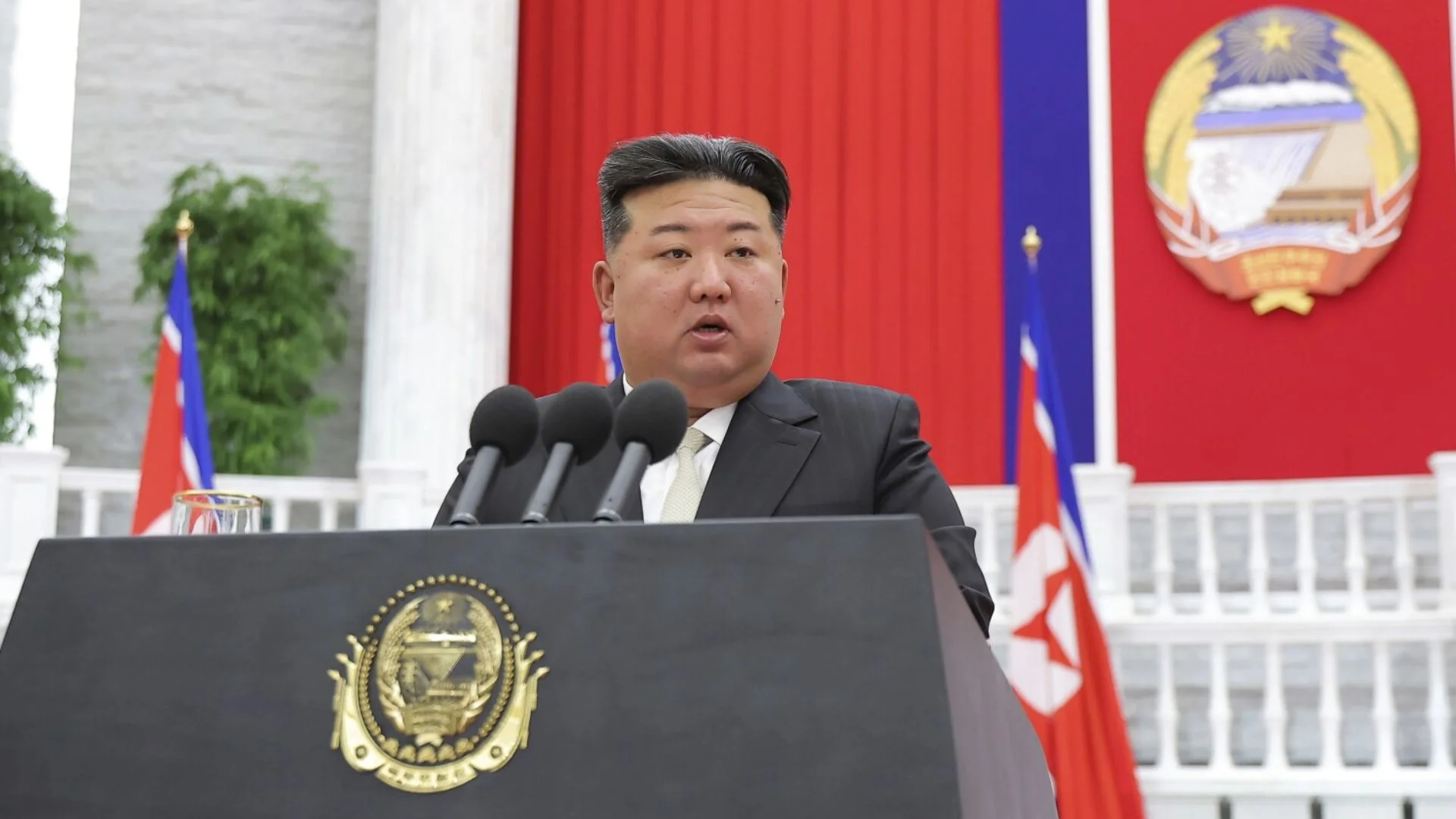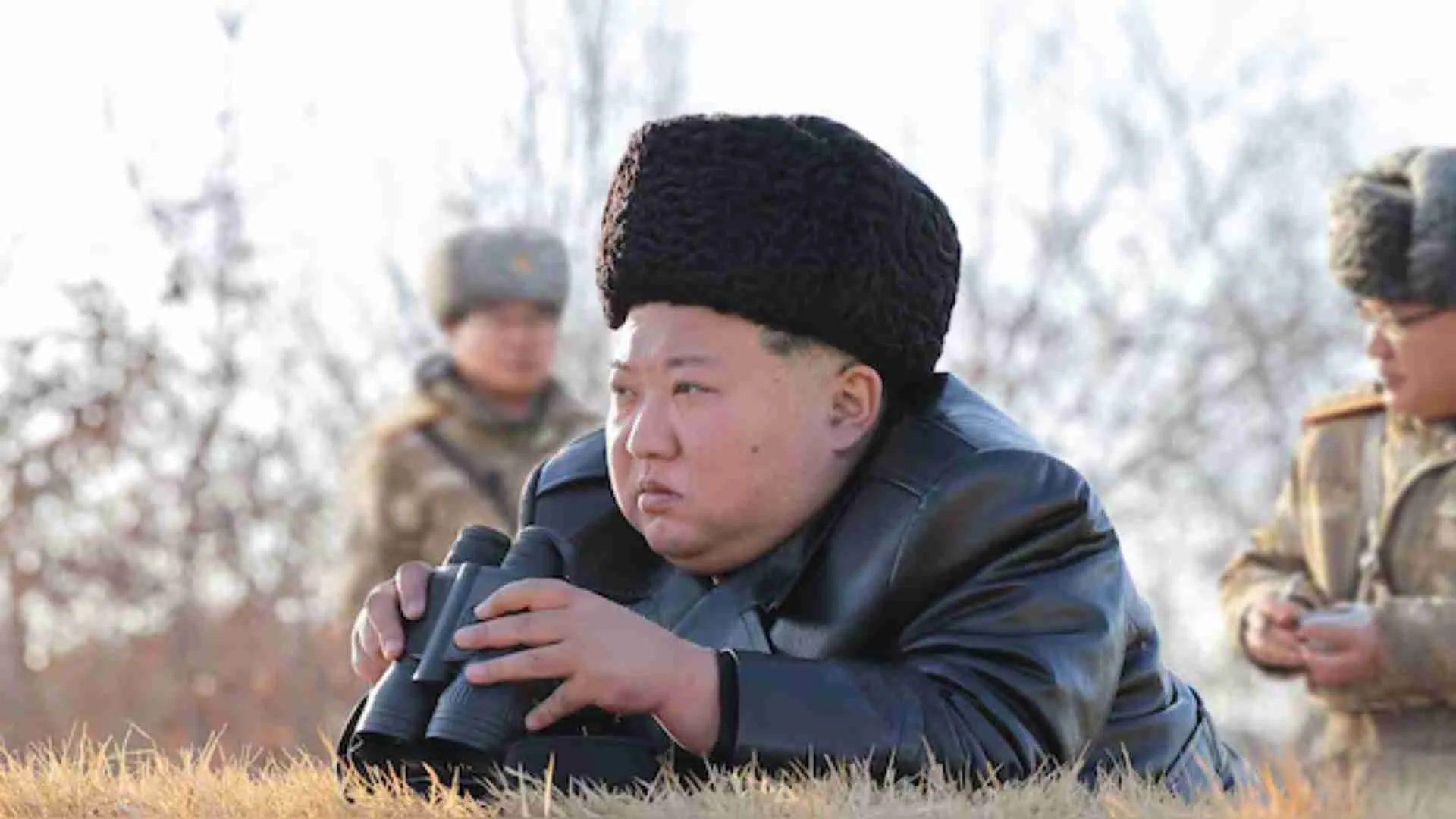The ongoing conflict in Sudan and South Sudan is escalating, with devastating impacts on both countries. Since the conflict erupted between the Sudanese Armed Forces (SAF) and the paramilitary Rapid Support Forces (RSF) in April 2023, Sudan has plunged into chaos, exacerbating an already fragile situation. Economic collapse, severe food insecurity, and mass displacement now define daily life for millions of people.
In Sudan, the fighting has triggered what is considered the world’s largest displacement crisis. Over 17.7 million people—more than a third of Sudan’s population—are facing acute food insecurity. Nearly 4.9 million are on the brink of famine. The conflict has disrupted the country’s most crucial agricultural regions, making it nearly impossible for families to harvest food or access aid. Millions are trapped in besieged areas, with aid delivery hampered by insecurity and bureaucratic obstacles. The fighting has spread to central and eastern Sudan, previously essential for crop production, making the situation even more dire as harvests fail.
The conflict’s toll on public health is equally alarming. With over 11,000 suspected cholera cases and other disease outbreaks such as measles and malaria, the breakdown of Sudan’s health system has left millions without access to basic medical care. More than 6 million people are one step away from famine, and the collapse of infrastructure has pushed an overwhelming number of civilians, including millions of children, into extreme vulnerability.
Meanwhile, in neighboring South Sudan, the situation is deteriorating due to the influx of refugees fleeing from Sudan, further burdening an already struggling nation. South Sudan was already facing one of the world’s worst humanitarian crises, with 72% of its population needing humanitarian aid before the Sudanese conflict spilled over. As fighting continues, food insecurity is escalating, with millions facing hunger.
Both countries are suffering from a devastating economic downturn. Sudan’s economy is projected to shrink by 18.3% in 2024, driven by the collapse of production and key services such as communications and education. With more than 8.6 million people displaced, including 1.8 million refugees fleeing to neighboring countries like South Sudan, Egypt, and Chad, the scale of human suffering is immense.
Also read: CAA rules explained: How can refugees apply for Indian citizenship
Efforts to broker peace have largely stalled, and the international community continues to struggle with delivering aid due to the widespread violence. Civilians remain the primary victims, facing not only starvation and disease but also the horrific consequences of war crimes, including sexual violence used as a weapon of war. Women and children are disproportionately affected, and human rights organizations are calling for urgent action to protect them.
As Sudan’s situation worsens, the international community faces a critical moment. Without a swift resolution, the conflict threatens to spiral into an even greater catastrophe, with millions more lives at risk from famine, displacement, and violence. The global call for peace and humanitarian assistance grows louder, but time is running out to prevent further devastation in these war-torn nations.










